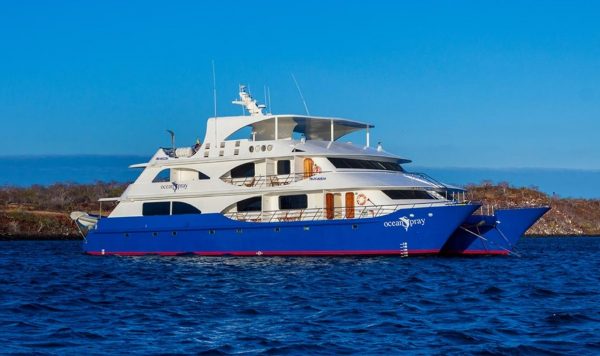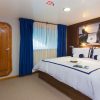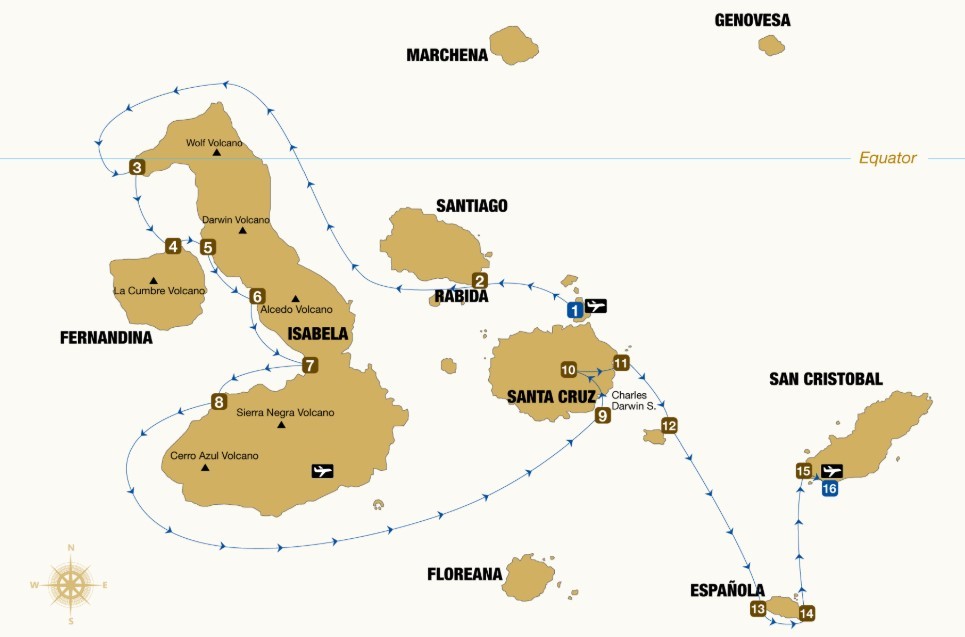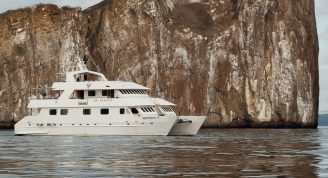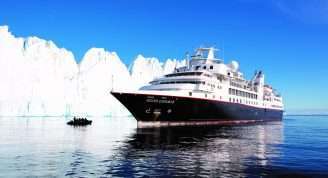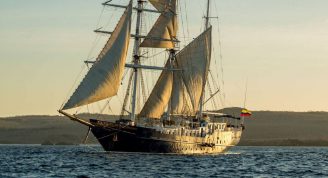Description
This Galapagos cruise itinerary offers an immersive exploration of diverse islands, each presenting unique wildlife and scenic landscapes. Passengers aboard the M/C Ocean Spray will experience a variety of activities including hiking, snorkeling, and panga rides. Highlights include close encounters with species such as Galapagos penguins, marine iguanas, and the waved albatross, alongside visits to significant conservation sites like the Charles Darwin Research Station. The itinerary also emphasizes the natural history and conservation efforts essential to preserving the archipelago’s unique ecosystem, providing both educational insights and spectacular natural beauty in a meticulously planned week-long adventure.
For shorter, 3- or 4-night cruises, please contact us.


